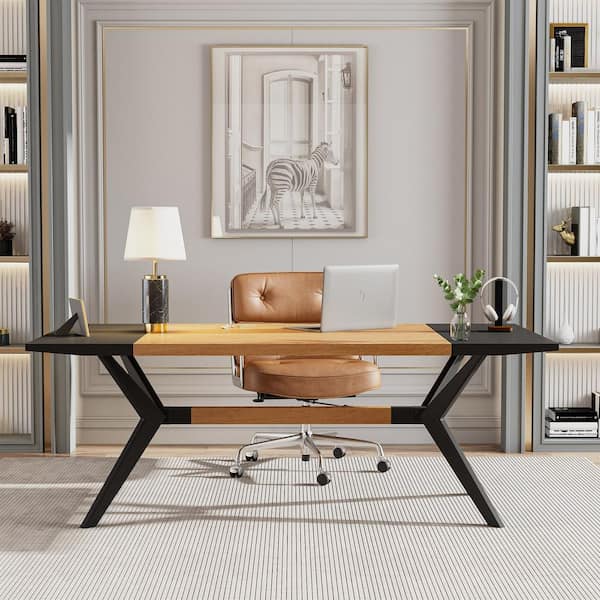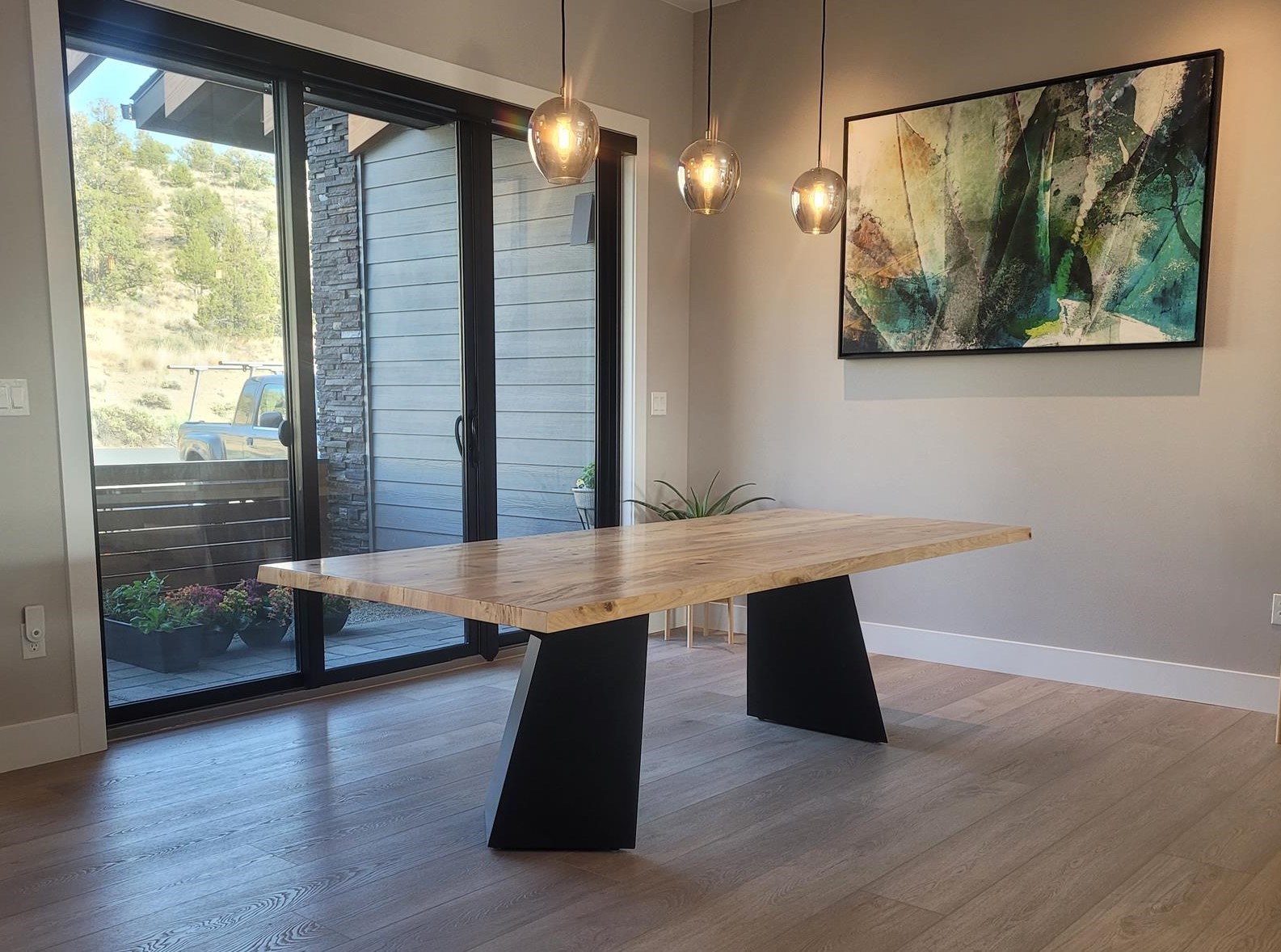Top Fads in Dining Room Table Legs to Elevate Your Eating Space
Wiki Article
Selecting the Perfect Table: What Styles Job Best for Your Home?
Selecting the ideal eating table for your home can be a nuanced process that stabilizes aesthetics and performance. Whether your area leans in the direction of traditional elegance, modern minimalism, rustic beauty, or commercial elegant, the range of designs offered can cater to varied preferences. Each layout provides one-of-a-kind benefits and obstacles that can either improve or interrupt your dining location's consistency. Comprehending just how different products, forms, and sizes connect with your existing design is critical. To navigate these options effectively and discover a table that absolutely matches your home, consider the complying with facets carefully.Examining Your Room
Evaluating the dimensions and design of your dining location is a crucial primary step in choosing the excellent table. Begin by gauging the size and size of the room, accounting for doorways, windows, and other architectural features that might influence table placement. This makes sure that your table not just fits yet additionally enables comfy activity around it.Take into consideration the number of individuals you typically captivate. A table ought to accommodate your home's daily needs while providing sufficient flexibility for occasional guests. Generally of thumb, allocate a minimum of 24 inches of table size each to guarantee a comfy eating experience.
It's likewise necessary to preserve suitable clearance around the table. Ideally, there need to go to least 36 inches between the table side and wall surfaces or various other furnishings, allowing easy access and activity. For rooms where chairs with arms or extra storage devices like buffets are involved, increasing this clearance to 48 inches is recommended.
Lights and atmosphere play substantial roles also. Make sure that your eating table lines up with existing illumination fixtures or prepare for sufficient lights remedies. This detailed spatial assessment warranties that your dining table not only fits literally but additionally balances with your area's general functionality and visual.
Popular Table Styles

Traditional table often include luxuriant information, bent legs, and abundant wood finishes, evoking a sense of classic style. They are excellent for homes with timeless decoration or those seeking to add a touch of elegance to their dining location.
Modern eating tables focus on simplicity and tidy lines, usually including products like glass and metal. These tables are perfect for contemporary rooms, offering a sleek and uncluttered appearance that matches minimalist layout approaches.
Rustic table, on the other hand, stress natural materials and a handmade appearance - dining room table legs. They often include recovered wood and a troubled surface, creating a cozy and inviting ambience. These tables work well in farmhouse-style homes or those looking for a relaxing, organic feeling
Industrial dining tables incorporate basic materials such as metal and timber, frequently showcasing a practical aesthetic. This design is appropriate for loft spaces or metropolitan rooms, adding a touch of sturdy appeal and resilience to the eating experience.
Each style uses distinct benefits, making it vital to pick one that aligns with your home's total design and your individual preferences.
Product Selections
When choosing a table, the choice of material plays an essential duty in establishing both the table's aesthetic appeals and functionality. Wood, metal, glass, and composite products each deal special benefits and challenges, making it essential to align the material with your home's decoration and way of life needs.Wood is a classic and versatile option, offered in selections such as oak, walnut, and mahogany. Known for its toughness and heat, wood matches both standard and modern interiors. Nevertheless, it calls for regular maintenance to avoid scrapes and bending.
Steel tables, usually crafted from stainless steel, aluminum, or wrought iron, are applauded for their contemporary charm and toughness. They are specifically matched for commercial or minimal setups yet can be vulnerable to damages and might really feel chilly to the touch.
Glass table bring an air of style and visibility, perfect for smaller sized rooms as they develop an impression of even more space. While simple to tidy, glass can be prone to spots and needs cautious dealing with to avoid chips and splits.
Composite products, such as MDF and plywood, offer affordable and adjustable services, though they may lack the long life of all-natural products. Choosing the best material guarantees your table is both a practical possession and a visual delight.
Forming and Dimension Considerations
After identifying the suitable material for your eating table, the next consideration is picking the appropriate sizes and shape to match your room. The shape of the table significantly affects the space's aesthetic and functionality. Rectangle-shaped tables, the most common form, are optimal for larger rooms and can fit a higher variety of guests. They also permit a much more official dining experience. Conversely, rounded tables foster a feeling of intimacy and are excellent for smaller sized dining locations, encouraging discussion by getting rid of edges and making everybody feel equally consisted of.As a rule of thumb, allocate at least 24 inches of table width per person to ensure comfortable dining. Additionally, consider the table's clearance space: there should be at least 36 inches between the table edge and the wall surfaces or Click Here various other furnishings. Expanding tables supply adaptability if you regularly hold larger events, offering additional seating when required without inhabiting added area daily.
Matching Your Decoration
Choosing a dining table that harmonizes with your existing style is essential in creating a natural and welcoming space. Begin by assessing your existing interior decoration style, whether it be modern, traditional, rustic, or diverse. The table should enhance the general visual, not take on it. A smooth, minimal table with clean lines is ideal for a contemporary home, while a vintage, ornate table fits a more typical setting.
If your decor features warm tones and all-natural products, take into consideration a wooden table to enhance the organic feel. On the other hand, a glass or steel table might be extra appropriate in a space dominated by awesome colors and industrial aspects.
A rough-hewn, recovered wood table can include personality Continue to a rustic space, while a polished marble surface can boost a lavish eating area. A well-matched dining table not just improves visual appeal yet likewise enriches the total eating experience.

Final Thought
Picking the optimal table demands careful consideration of area, design, products, form, and size reference (dining room table legs). Conventional tables enhance timeless insides with abundant timber finishes, while modern tables fit modern setups via glass and steel. Rustic layouts introduce warmth via natural materials, and industrial styles improve metropolitan settings with raw aspects. Harmonizing the table with existing decor makes certain both capability and visual appeal, contributing to a cohesive and visually pleasing dining area.Report this wiki page